Your cart is currently empty!
The Tiny Bacterium That Turns Toxic Metal Into Pure 24-Karat Gold

For most of us, gold is something we picture in jewelry stores or deep underground, not growing quietly in polluted soil. Yet scientists have discovered a tiny bacterium, Cupriavidus metallidurans, that can survive in places loaded with toxic metals and, in the process, turn some of that metal into pure 24 karat gold. It does not do this to make treasure and it certainly is not a shortcut to getting rich, but its strange talent is forcing researchers to rethink what life can do in harsh environments. From industrial sludge to old electronics, this microbe’s story connects our hunger for technology, the waste it leaves behind, and an unexpected kind of natural “alchemy” happening out of sight.
Meet the “Midas Microbe”
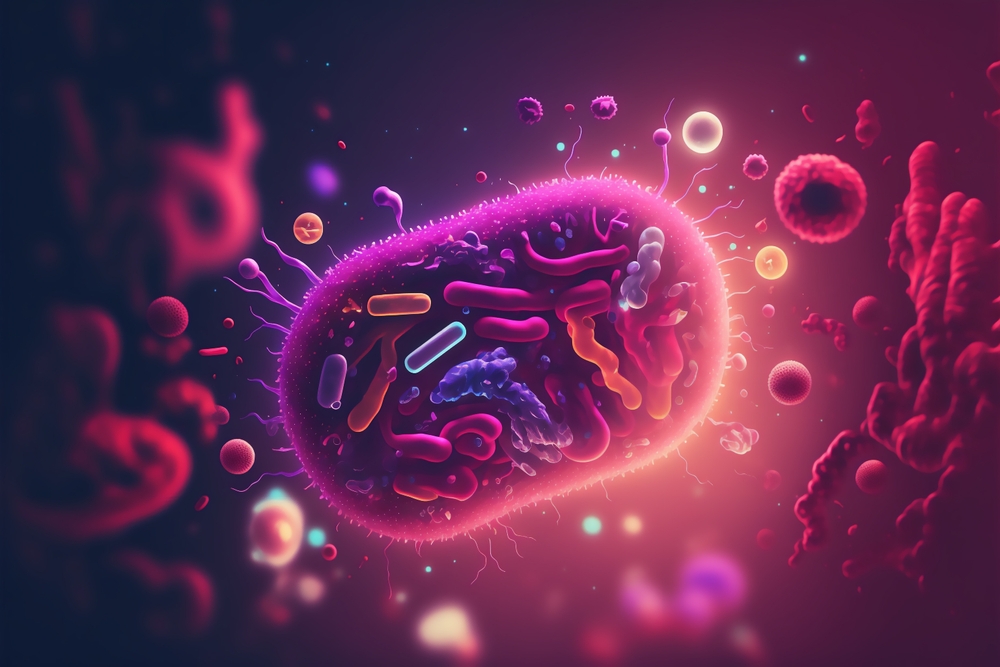
While humans spent centuries chasing alchemy in laboratories, nature quietly achieved its own version in polluted soil and industrial sludge. There, a bacterium called Cupriavidus metallidurans survives in conditions that would kill most life: environments saturated with toxic heavy metals. First identified in 1976 in the sludge of a zinc decantation tank in Belgium, it has evolved to cope with precisely the kind of contamination humans create.
Despite the dramatic headlines, this microbe doesn’t “eat” gold for food. It doesn’t gain energy or nutrition from it. Instead, gold is a problem it has to solve. In gold-rich soils, dissolved gold ions mix with metals like copper. Copper is vital for the bacterium’s metabolism, but gold ions disrupt the same pathways, turning an essential element into a biochemical hazard.
To stay alive, C. metallidurans activates a sophisticated defense system. Rather than fleeing from the metal-rich environment, it chemically transforms dissolved, toxic gold into solid metallic gold that no longer interferes with its inner workings. Over time, tiny particles of pure gold accumulate in and around the cell.
This is not about producing treasure; it’s about survival in a harsh niche. The bacterium’s “Midas touch” is essentially a detox strategy that lets it occupy places too extreme for many other organisms. In doing so, it quietly reshapes its environment—and, as scientists are discovering, plays an unexpected role in how gold moves and concentrates in nature.
How a Bacterium Turns Poison into 24-Karat Gold
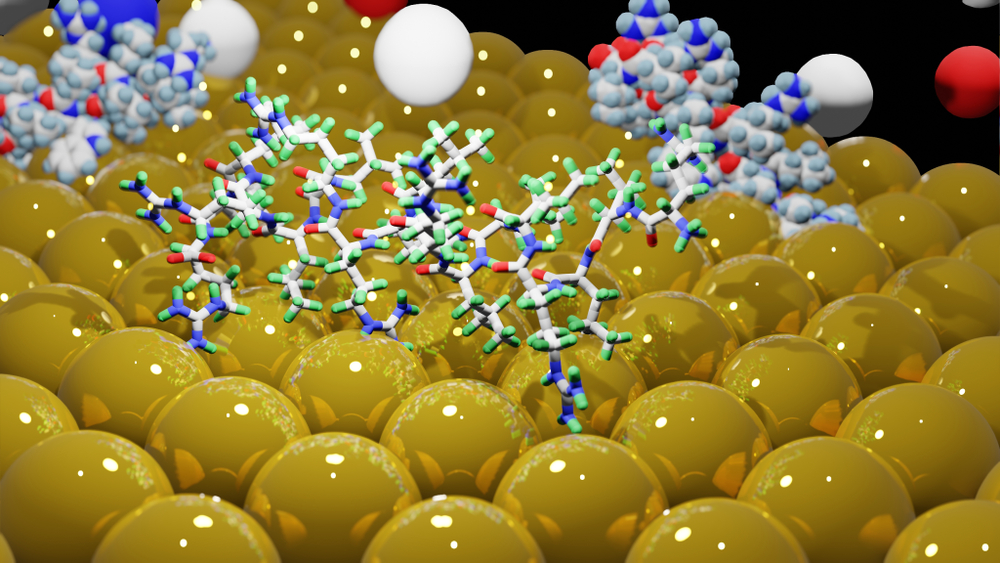
If the first part of this story is about survival, the second is about precision. Cupriavidus metallidurans does not simply neutralize gold in a vague way. It uses a tightly coordinated biochemical system that researchers have mapped in detail, notably through the work of the late geomicrobiologist Frank Reith and colleagues.
When dissolved gold and copper ions enter the bacterium, they trigger specific “gold induced genes,” known as the Gig cluster. At the same time, a plasmid-borne system that includes an enzyme called CopA steps in. CopA acts as an oxidase in the periplasm, the narrow space between the inner and outer cell membranes.
Here, gold complexes in a highly reactive form are stripped of electrons and converted into elemental gold. This is the same metallic state found in jewelry. As this happens, tiny gold nanoparticles accumulate in the periplasm or on the cell surface, where they no longer interfere with the microbe’s internal chemistry.
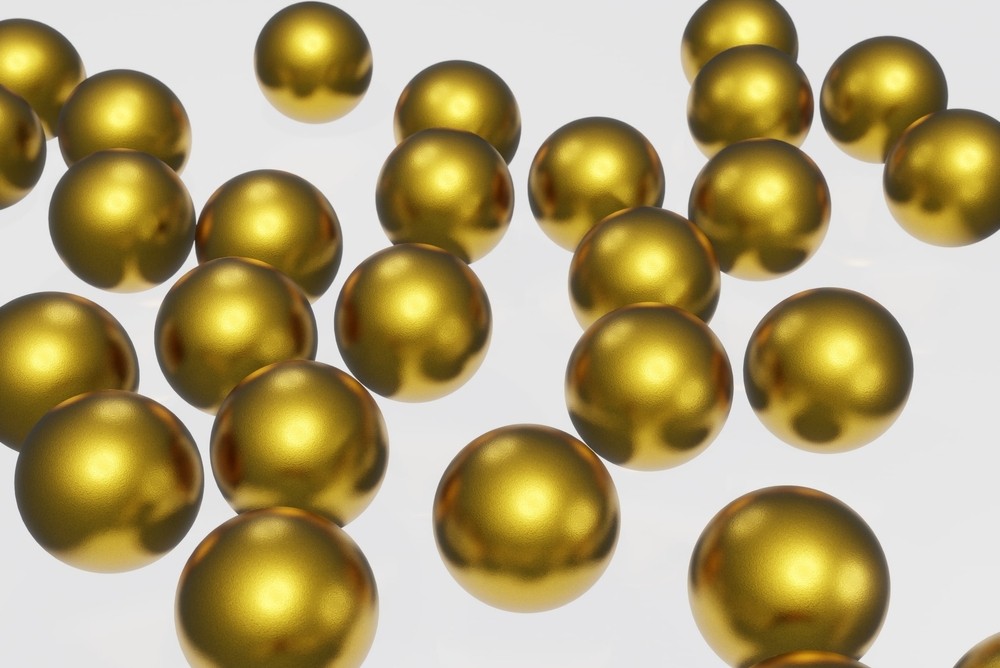
Over time, repeated cycles of detoxification can coat the bacterium so thoroughly that it becomes encased in a thin shell of gold, known as a “bacteriomorph.” The process is also remarkably selective. While many natural gold deposits are mixed with silver and other metals, C. metallidurans focuses on gold, producing material that is more than 99 percent pure.
In other words, what looks like microbial survival from the outside is, at the molecular level, a highly specialized refining system that rivals industrial chemistry in both selectivity and finesse.
Nature’s Hidden Gold Nugget Factories

For a long time, gold nuggets were treated as purely geological artifacts, thought to form deep underground through heat and pressure, then slowly exposed by erosion. That story is now more complicated. When researchers began examining gold grains under the microscope, they found something unexpected on their surfaces: living biofilms made of bacteria. Among them was Cupriavidus metallidurans.
In high-temperature veins, gold is deposited by hot fluids rising through the crust. But the secondary gold found in soils and riverbeds often shows clear signs of biological involvement. As groundwater moves through rock, it carries tiny amounts of dissolved gold. Microbes like C. metallidurans act as microscopic anchors. Each cell that detoxifies gold leaves behind a nanoparticle. Over years to centuries, those particles can clump together, gradually building the larger nuggets people pan from streams.
This bacterium does not work alone. It often shares its habitat with Delftia acidovorans, another microbe that faces the same gold toxicity problem but chooses a different strategy. While C. metallidurans draws gold into or onto the cell and converts it there, Delftia produces a protective molecule called delftibactin that binds and solidifies gold outside the cell, keeping the metal at arm’s length.
Together, these communities turn low-level, dissolved gold into solid, visible metal. What looks like inert geology is, at least in part, the cumulative result of countless microbial survival decisions made in the dark.
From Neo Alchemy to Urban Mining
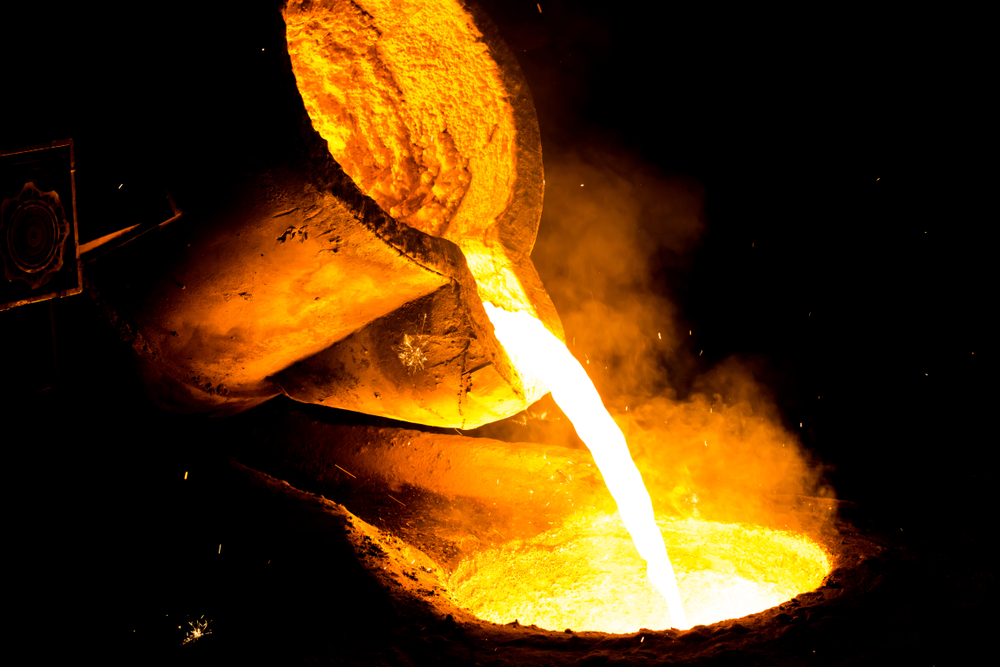
Once scientists understood how Cupriavidus metallidurans could turn dissolved gold into 24-karat metal, artists and engineers began asking a different question: what can we do with this ability?
In 2012, artist Adam Brown and microbiologist Dr. Kazem Kashefi created a work titled “The Great Work of the Metal Lover.” In a gallery setting, they used a bioreactor to convert toxic gold chloride into thin sheets of pure gold. Visitors watched as a clear solution, laced with a metal salt you would never want to drink, was slowly transformed by bacteria into something used in jewelry. It was part science experiment, part philosophical prompt, asking who gets to define value in a world full of waste.
Industry has taken the idea several steps further. Modern electronic waste is rich in precious metals. A tonne of discarded circuit boards can contain more gold than many traditional gold ores, but extracting it through smelting is energy intensive and polluting.
Companies such as Mint Innovation are developing bio-refining systems that adapt what C. metallidurans does in nature. First, circuit boards are shredded and processed into a liquid that contains dissolved metals. Then, specialised microbes are introduced to pull gold out of solution selectively, leaving less valuable or less toxic metals behind. Because the process works at or near room temperature, it avoids the extreme heat and significant emissions associated with conventional smelting.
A facility planned by Mint Innovation in Texas is expected to process millions of pounds of circuit boards each year, recovering gold and copper that would otherwise be lost. In effect, disused smartphones and computers become urban ore, and bacteria become tiny, tireless refiners helping to turn yesterday’s technology into tomorrow’s raw material.
Rethinking Gold, Waste, And Our Partnership With Nature
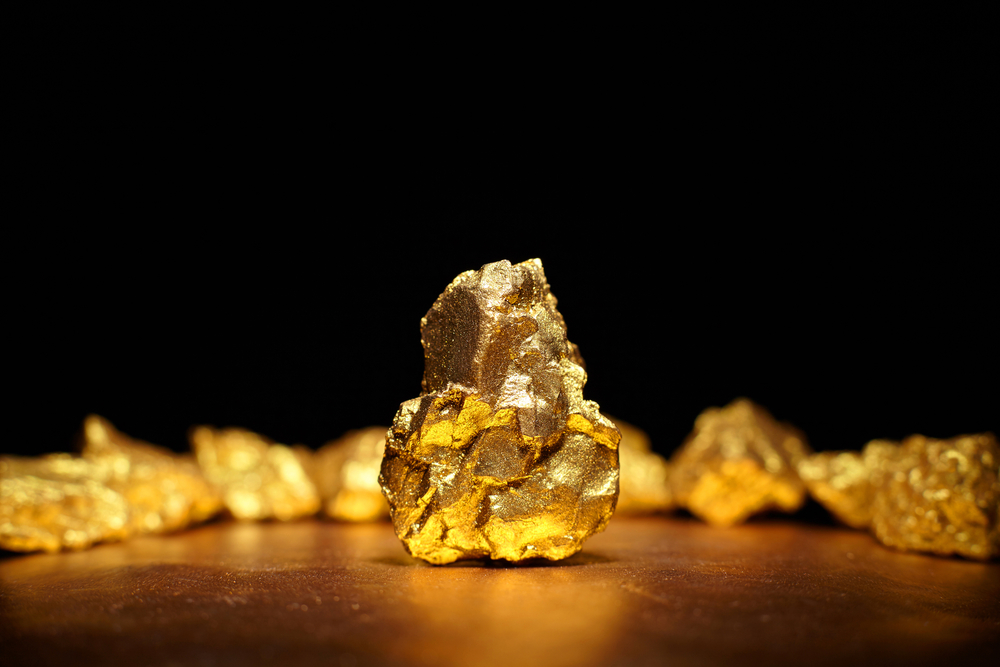
The story of Cupriavidus metallidurans is not really about effortless gold, but about how life finds ways to survive in the most hostile corners of our own making. In nature, this bacterium takes something toxic and turns it into something stable. In our hands, the same chemistry becomes a blueprint for transforming waste into reusable metals and for shifting from a culture of extraction to one of recovery. It shows that cutting edge innovation does not always need to be louder or more forceful than the systems it replaces. Sometimes it looks like a microbe quietly doing chemistry in the dark.
For the rest of us, the takeaway is less about striking it rich and more about rethinking what we call waste. Old phones, laptops, and circuit boards are not just junk in a drawer. They are concentrated pockets of metals that were costly to dig, refine, and ship into our lives. Choosing responsible e-waste recycling, keeping devices in service for longer, and backing policies that support repair and resource recovery are not abstract environmental gestures. They are practical ways to align our habits with a simple lesson from this microscopic refiner: even our most problematic byproducts can become future resources, if we decide to work with nature instead of against it.
Source:
- Reith, F., Etschmann, B., Grosse, C., Moors, H., Benotmane, M. A., Monsieurs, P., Grass, G., Doonan, C., Vogt, S., Lai, B., Martinez-Criado, G., George, G. N., Nies, D. H., Mergeay, M., Pring, A., Southam, G., & Brugger, J. (2009). Mechanisms of gold biomineralization in the bacterium Cupriavidus metallidurans. Proceedings of the National Academy of Sciences, 106(42), 17757–17762. https://doi.org/10.1073/pnas.0904583106
